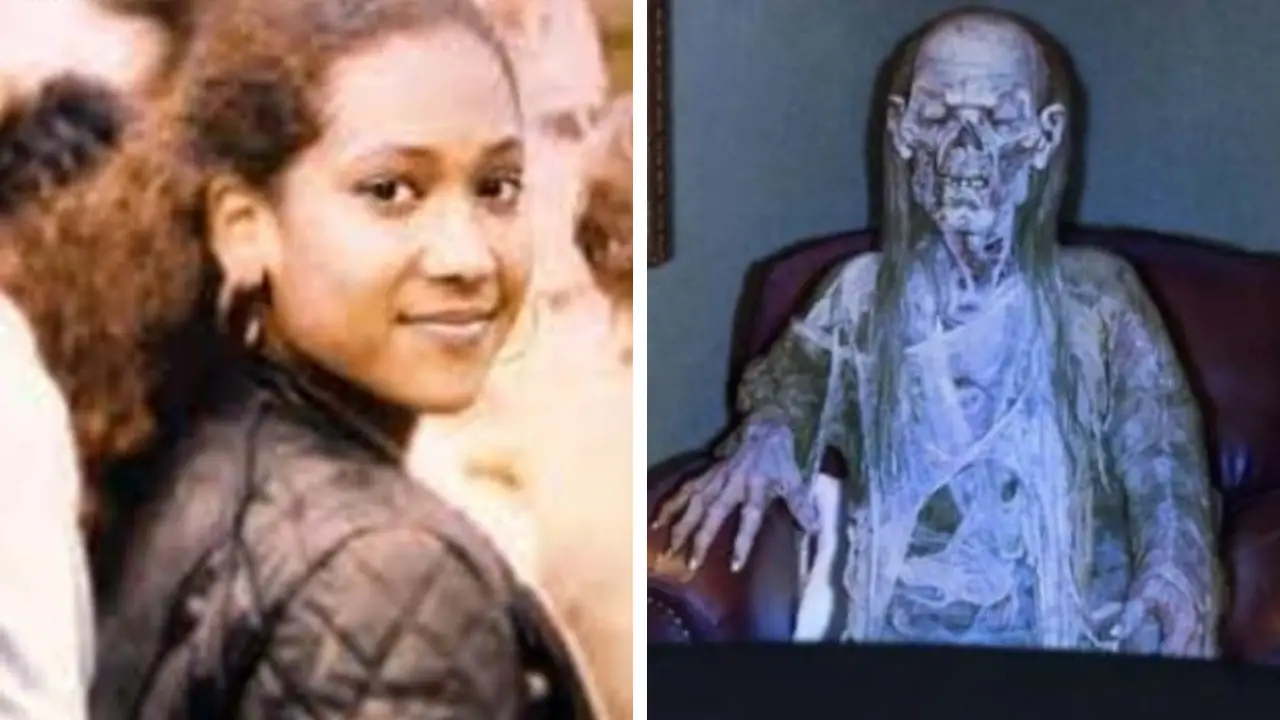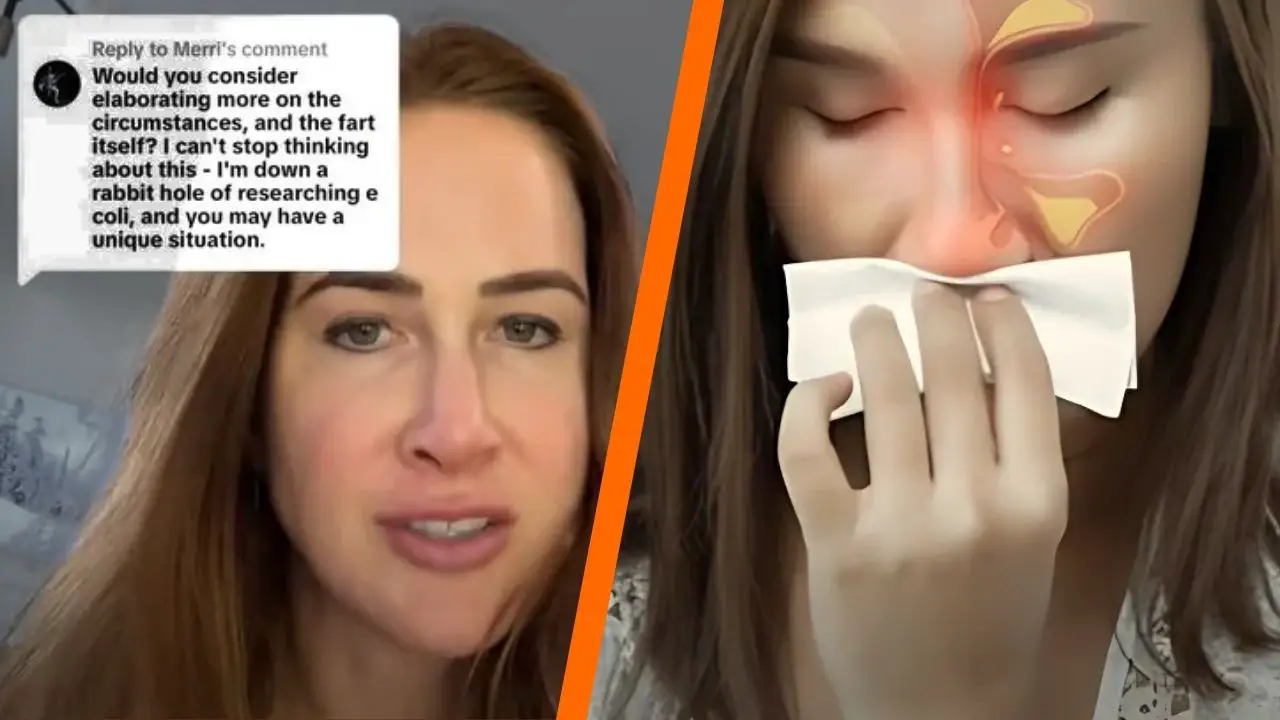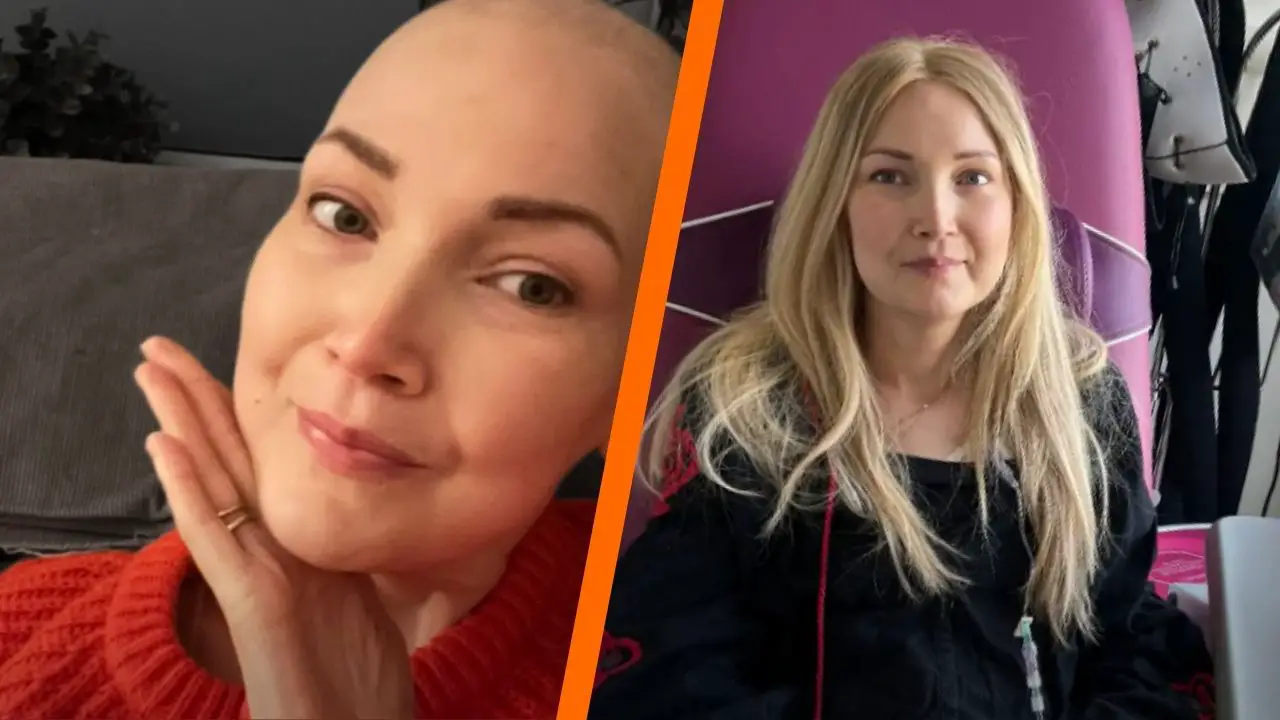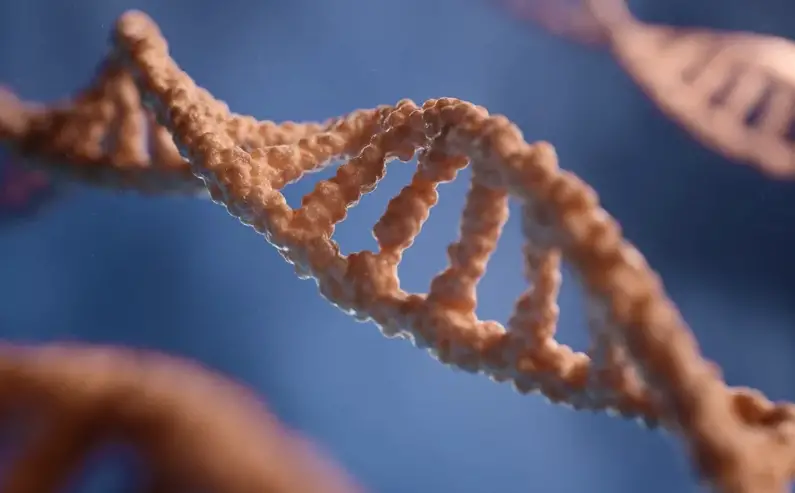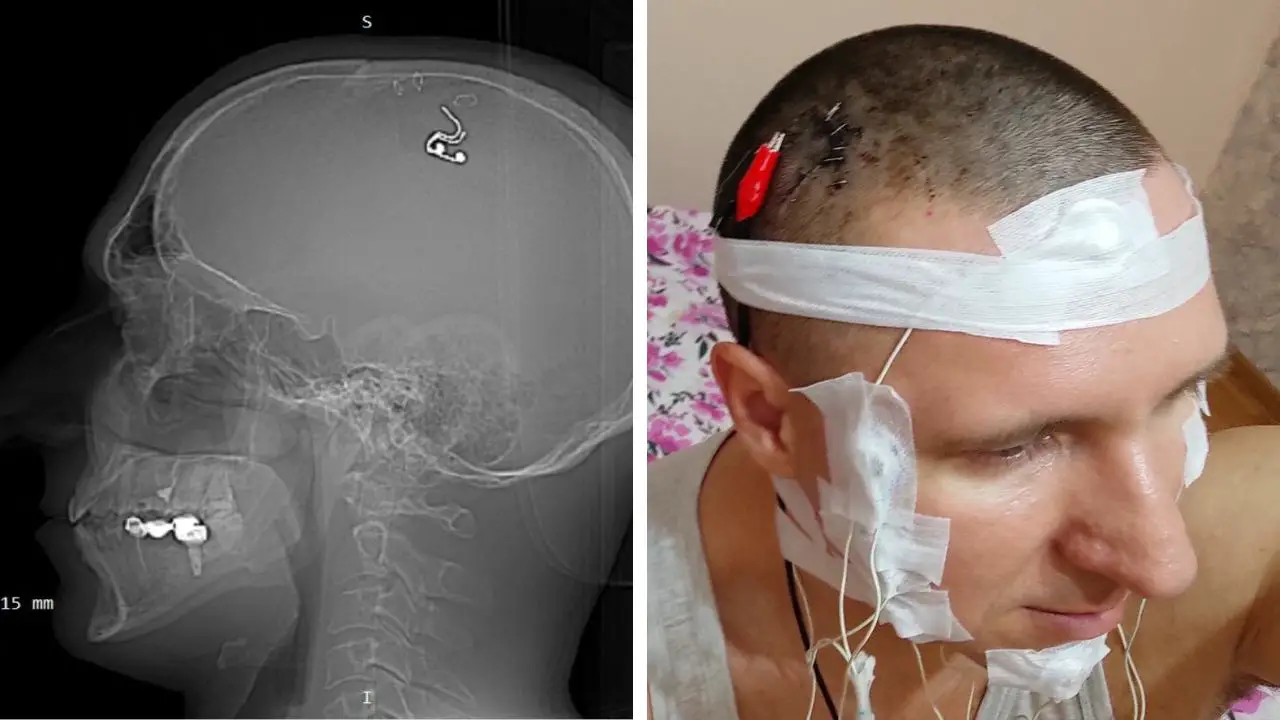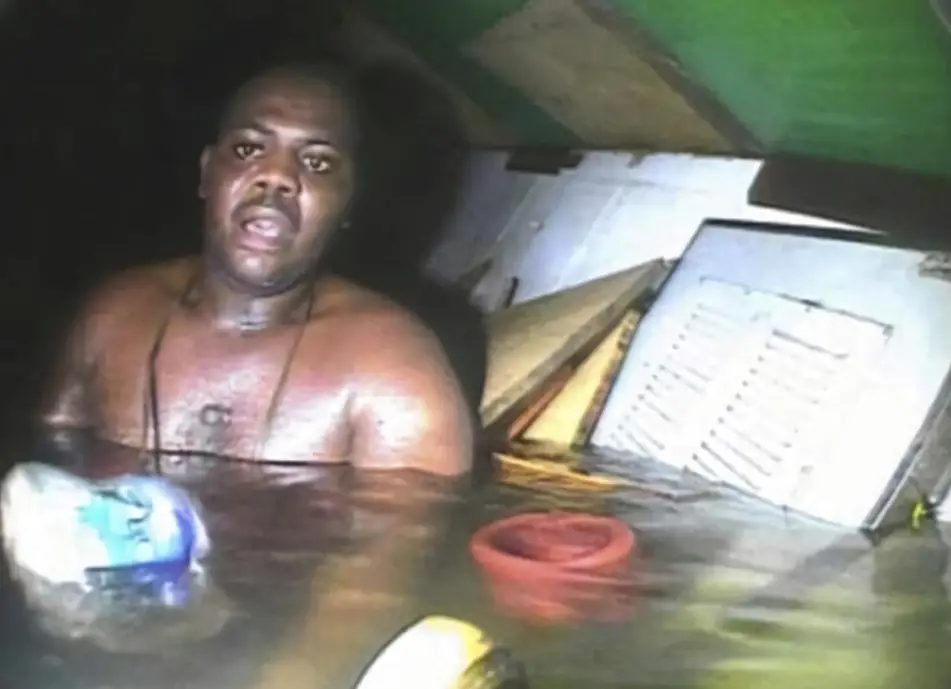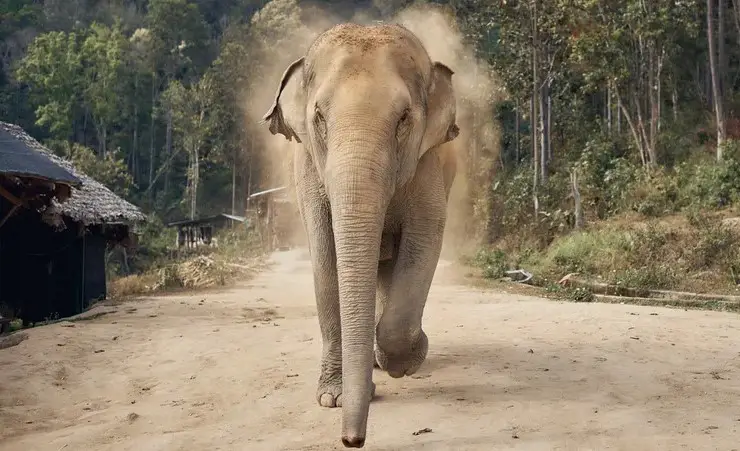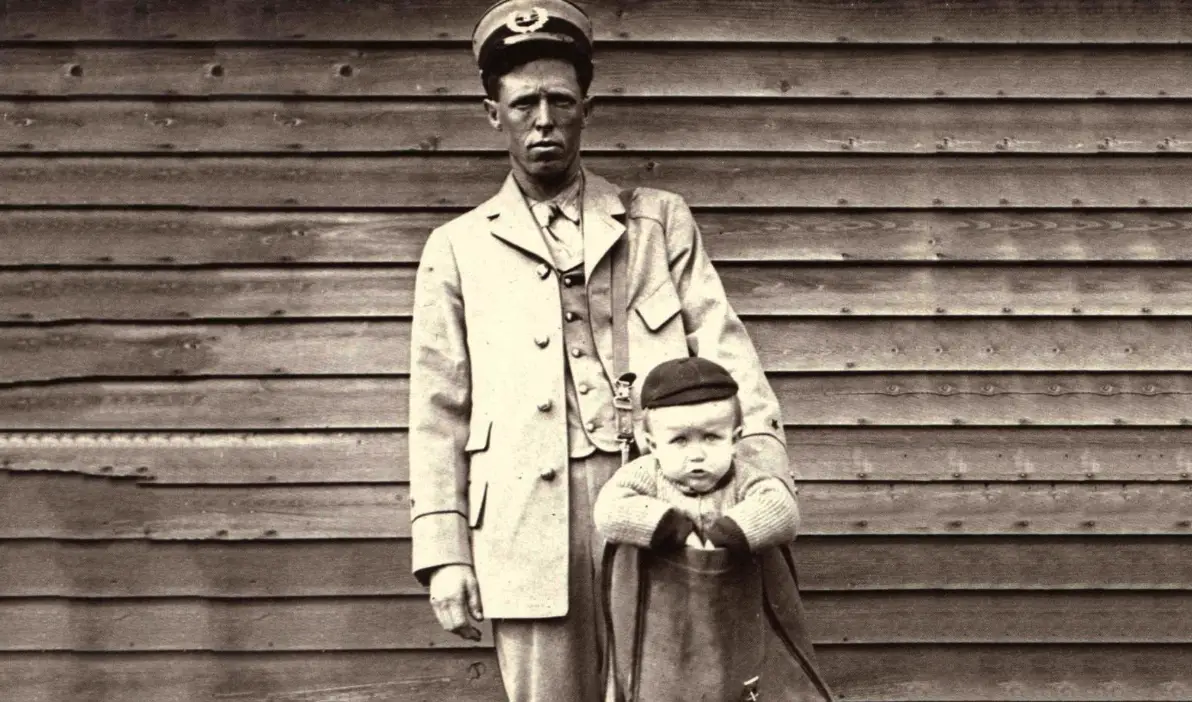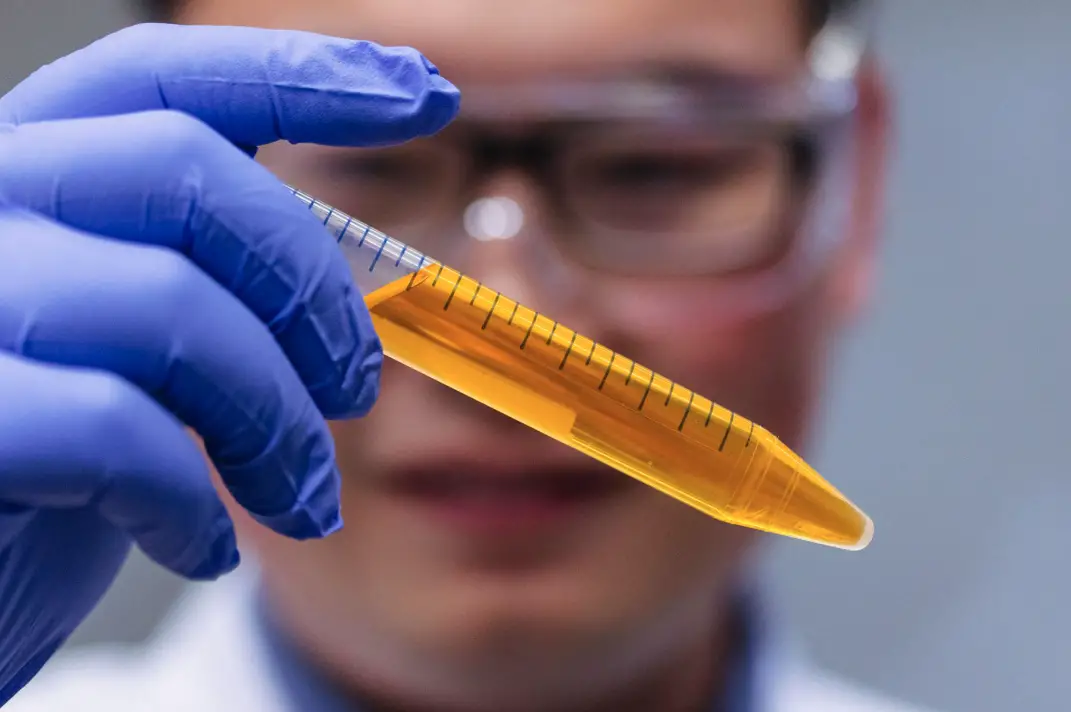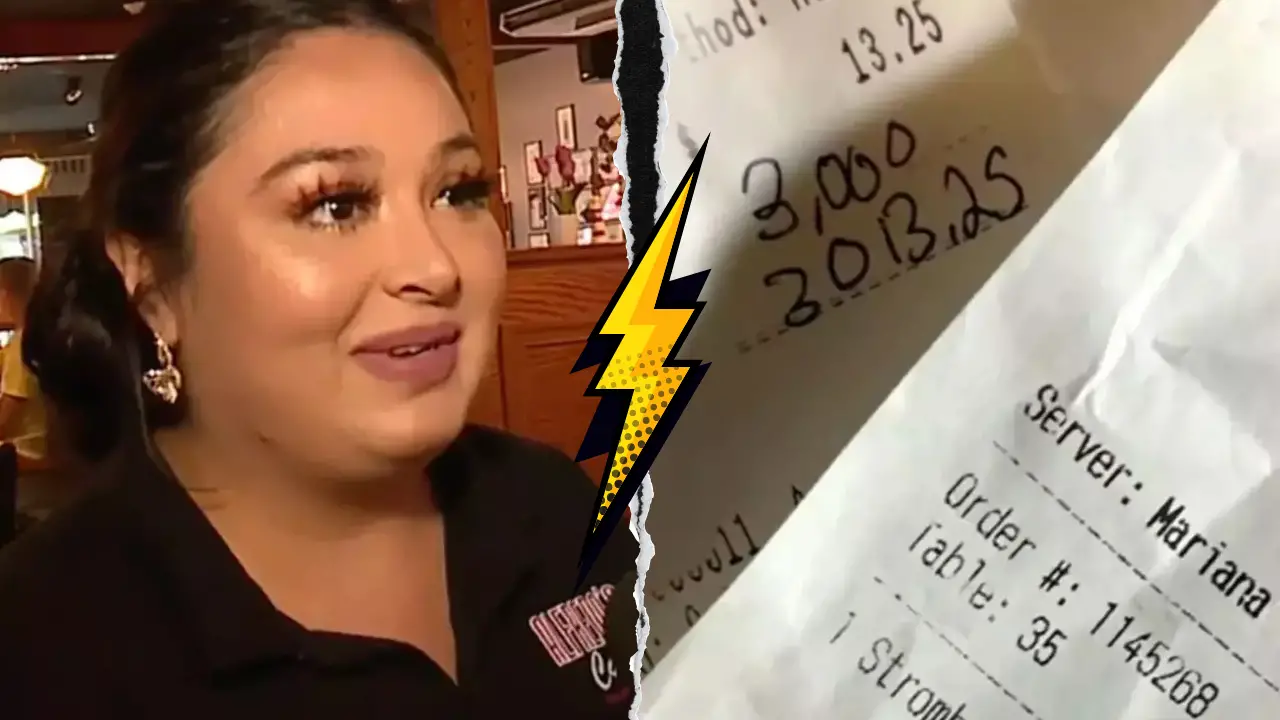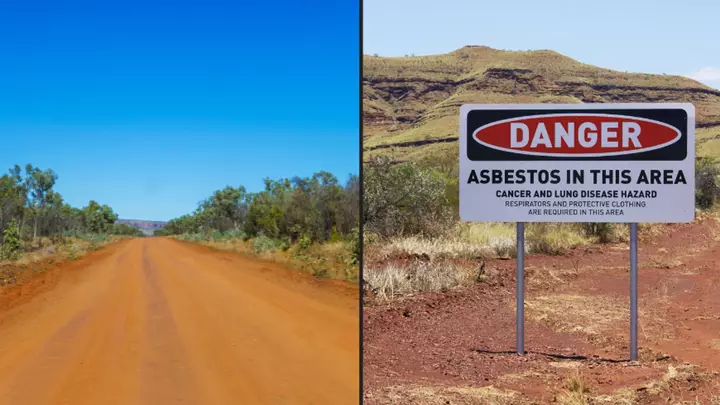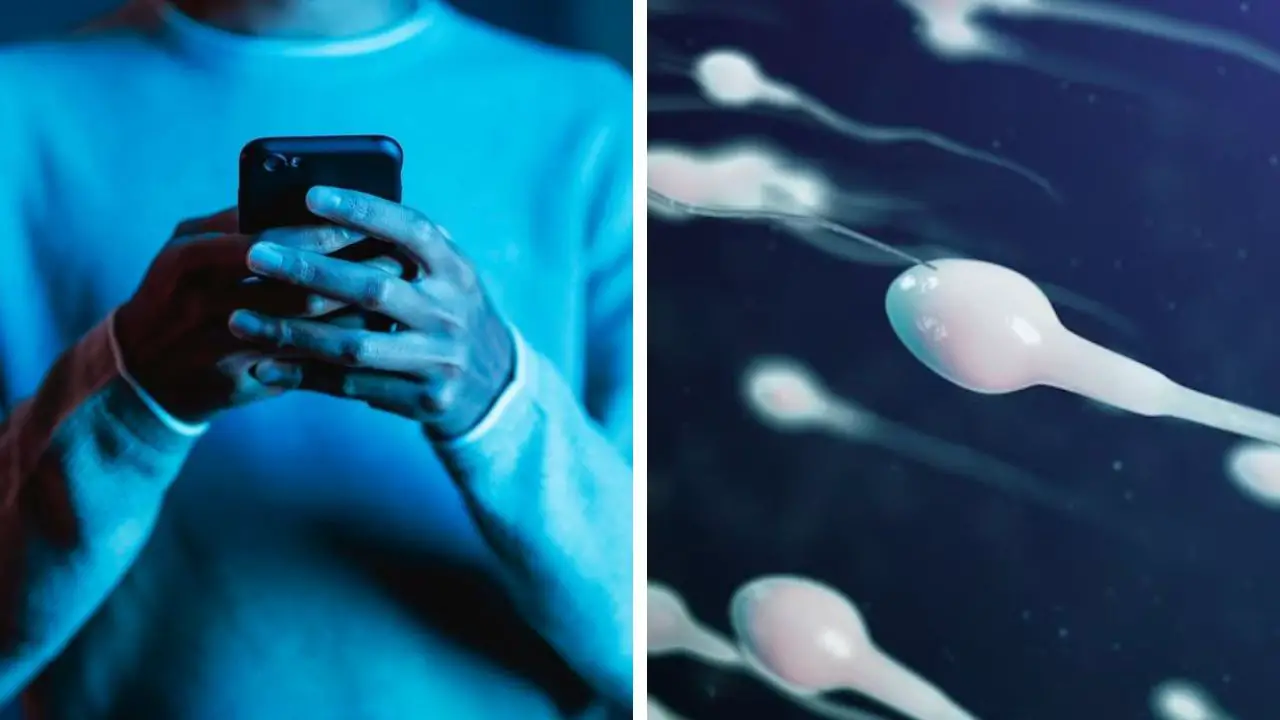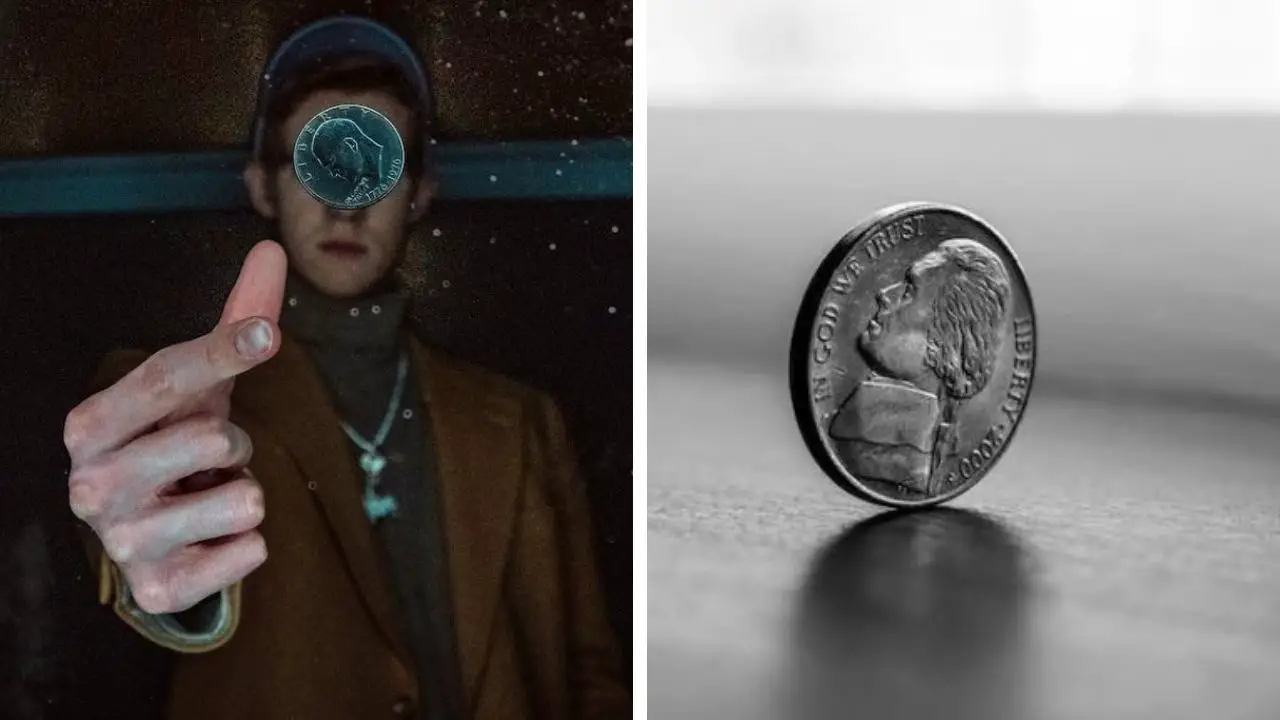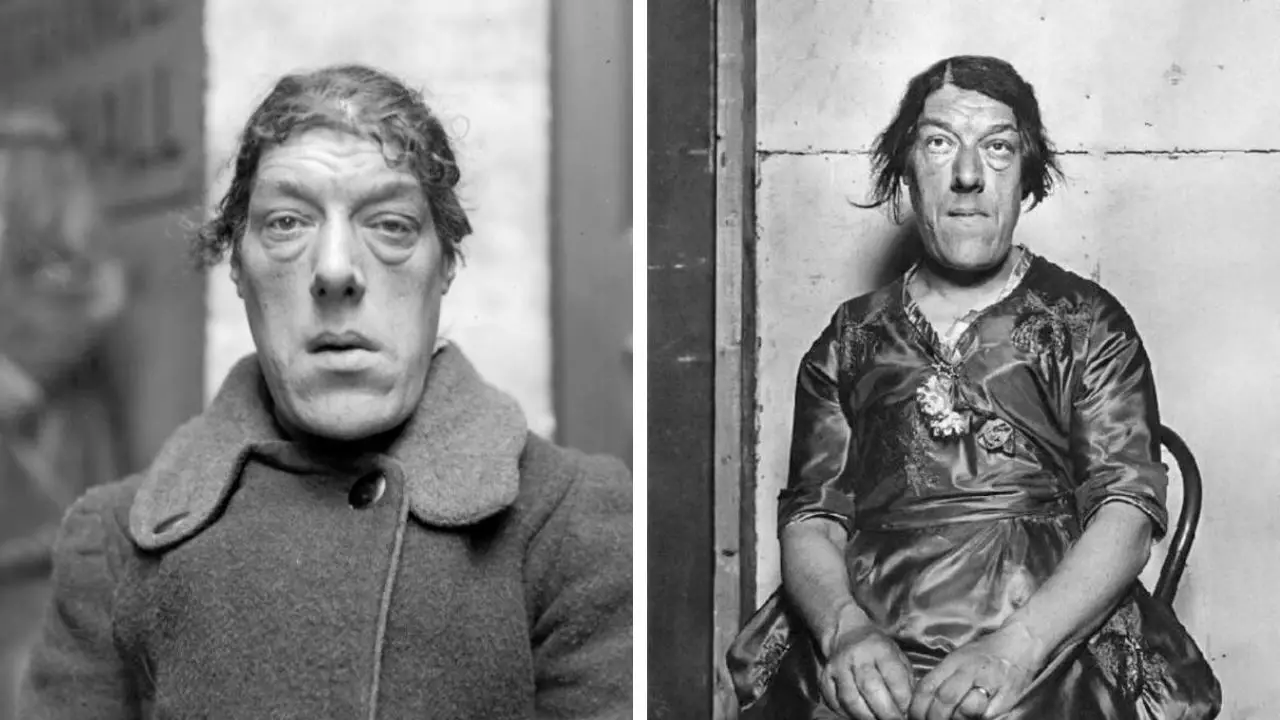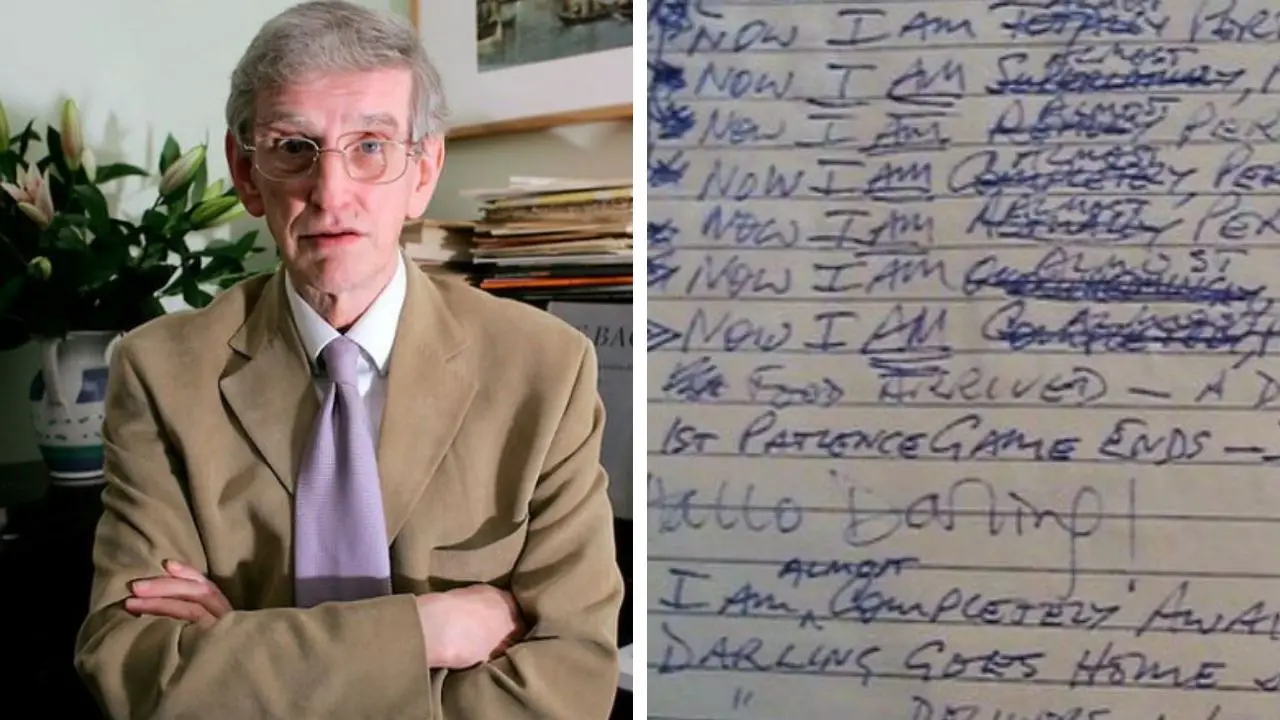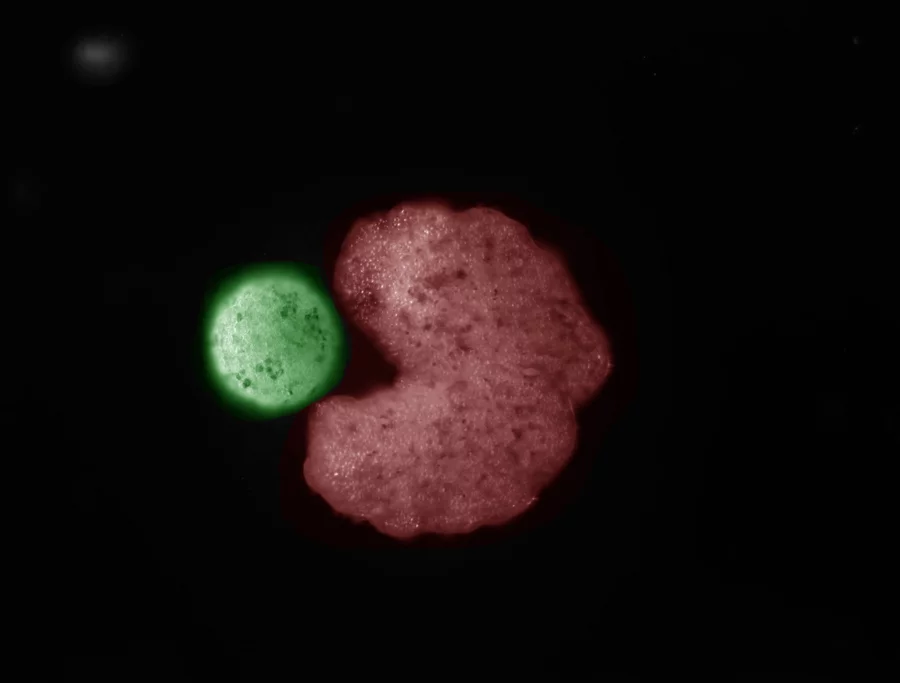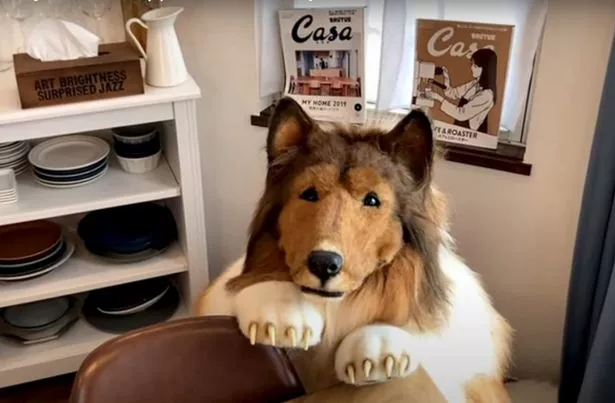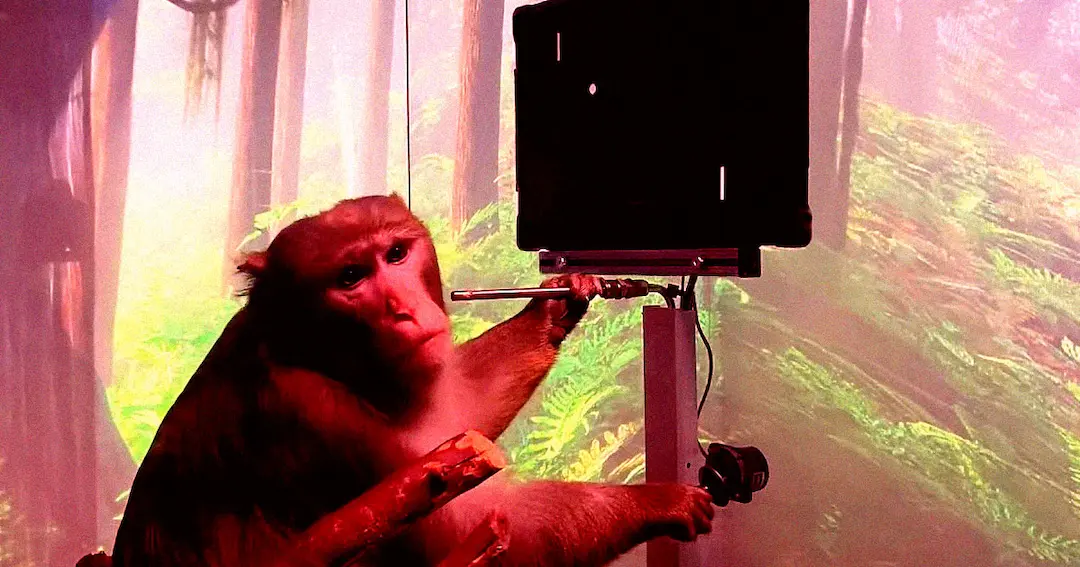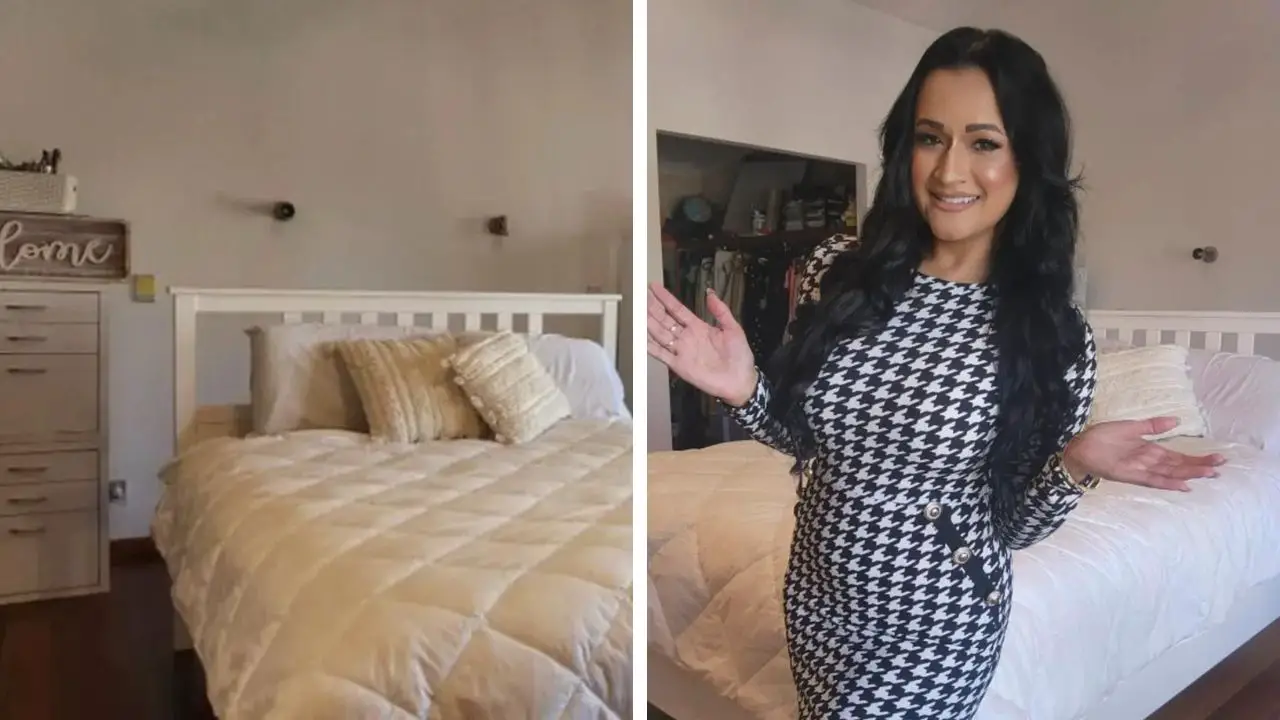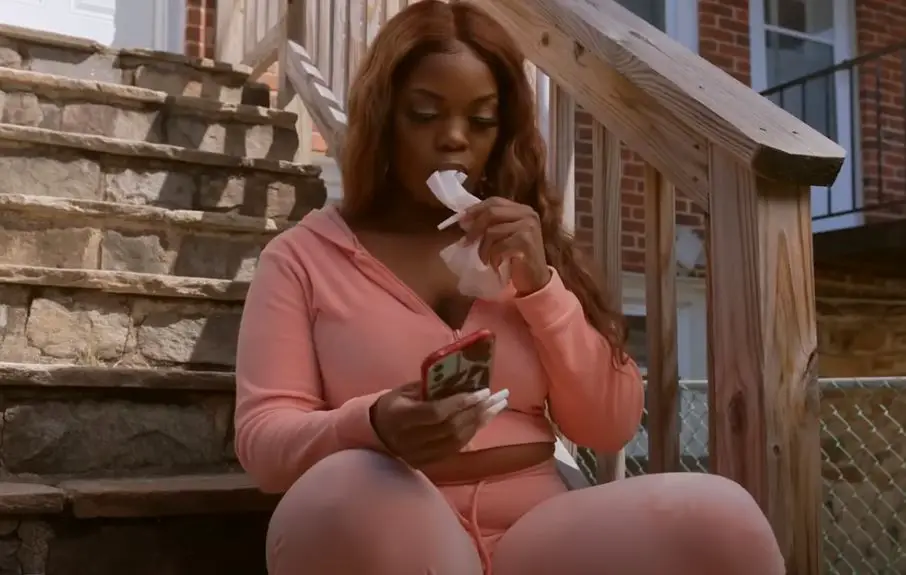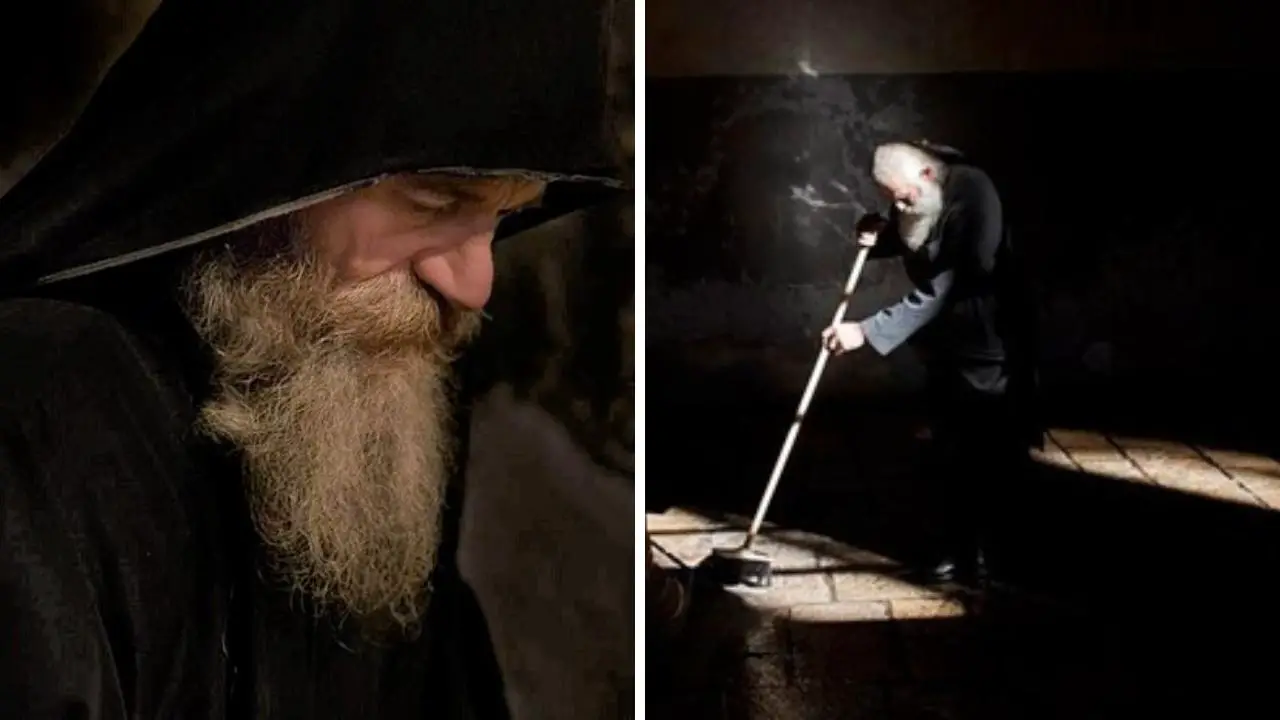Anna Sacks turns New York City’s waste into sustainability treasures amid rising consumerism crisis
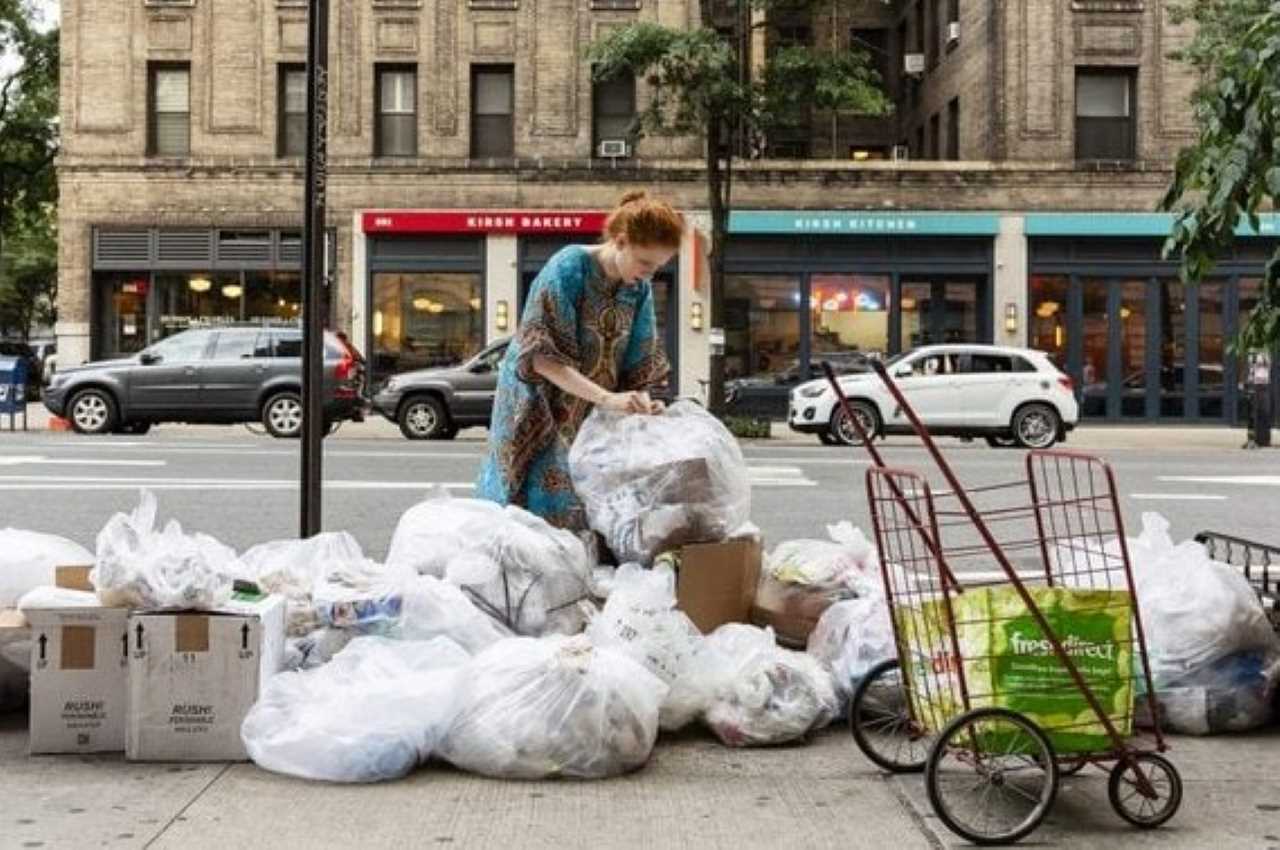
- Anna Sacks, a former investment banker, transformed her life after a sustainable farming fellowship, becoming “The Trash Walker” to expose urban waste.
- Through nightly “trash walks,” she salvages usable items from NYC curbside garbage, highlighting corporate overproduction and environmental harm.
- Her viral social media content has sparked policy changes and inspired global sustainability efforts against consumerism.
New York City, the bustling metropolis where skyscrapers pierce the sky and streets pulse with endless energy, hides a secret world beneath its surface—one of discarded abundance.
On a crisp evening in Manhattan’s Upper West Side, Anna Sacks slips on puncture-proof gloves and approaches a mound of black garbage bags piled outside a familiar chain store.
What she pulls out isn’t just refuse; it’s a revelation. Unopened packages of tampons, bandages with 2024 expiration dates, and cans of unexpired beer emerge, all deliberately damaged or tossed despite being perfectly viable.
This scene, repeated nightly, fuels Sacks’ mission as an environmental activist fighting the tide of urban waste.
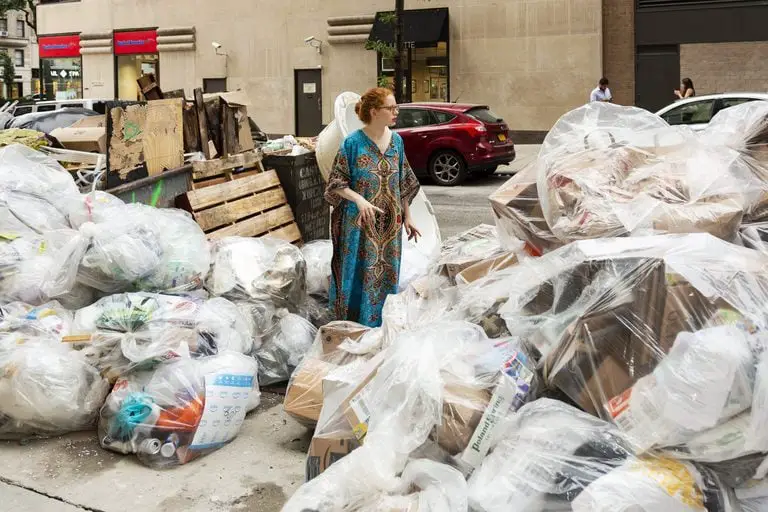
Born and raised in New York City, Sacks once navigated the high-stakes world of mergers and acquisitions at an investment bank during the mid-2010s.
The job provided stability but lacked deeper purpose, leaving her yearning for impact.
In 2017, she made a bold pivot, quitting to join Adamah, a three-month Jewish farming fellowship in Connecticut emphasizing sustainable agriculture and minimal waste production.
There, amid fields and compost heaps, she witnessed how little refuse a community could generate—primarily through composting food scraps and reusing materials.
This eye-opening experience shattered her views on consumerism, revealing the hidden costs of everyday excess.
Returning to the concrete jungle, Sacks couldn’t unsee the mountains of trash lining NYC’s sidewalks.
The city generates over 12,000 tons of waste daily from residents and businesses alone, much of it preventable.

Armed with reusable tote bags and a smartphone, she began her “trash walks” in 2018, documenting the process under the handle @thetrashwalker on Instagram and TikTok.
What started as personal curiosity evolved into a viral platform, amassing millions of views and over 364,000 followers across social media.
Her content isn’t just entertainment; it’s a call to action against the environmental toll of overproduction, where Americans consume resources at a rate 2.5 times what Earth can regenerate annually.
Sacks’ hauls paint a vivid picture of waste’s absurdity. From residential recycling bins filled with non-recyclable plastics to corporate discards, her finds span the spectrum.
She’s unearthed antique Russel Wright Saturn punch bowl sets now housed in the Cooper Hewitt Smithsonian Design Museum, tangled Tiffany necklaces worth hundreds, and a velvet opera jacket she still wears to events.
More disturbingly, she regularly uncovers food items like unopened RXBars smeared with toothpaste to deter salvage, or seasonal decorations from Party City—bags of New Year’s Eve napkins and Super Bowl merch dumped post-holiday, despite being brand new.
In one chilling discovery, a supporter sent her footage of a live parakeet abandoned in its cage outside a Petco.
These aren’t anomalies; they’re symptoms of a system where retailers destroy goods for tax benefits, slashing items like office chairs or Coach handbags to claim losses.
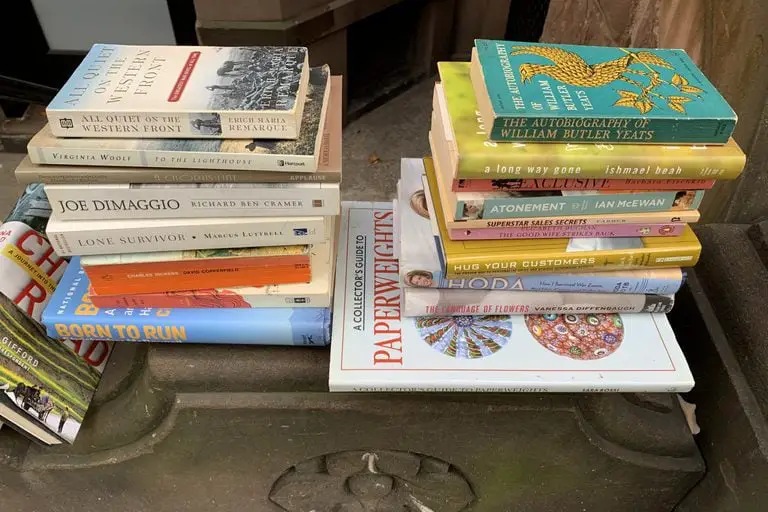
Her work extends beyond scavenging. As legislative chair for the Manhattan Solid Waste Advisory Board, Sacks advocates for systemic change, pushing for better recycling education and policies like Mayor Eric Adams’ “trash revolution,” which mandates bin usage starting November 2024 to curb curbside piles.
She’s collaborated with artists like Debra Rapoport, who upcycles toilet paper rolls into feather boas, showcasing how waste can fuel creativity.
Sacks redistributes her treasures thoughtfully: some go to family, like toddler board books for her niece; others to shelters or Buy Nothing groups, where locals swap items to prevent landfill overflow.
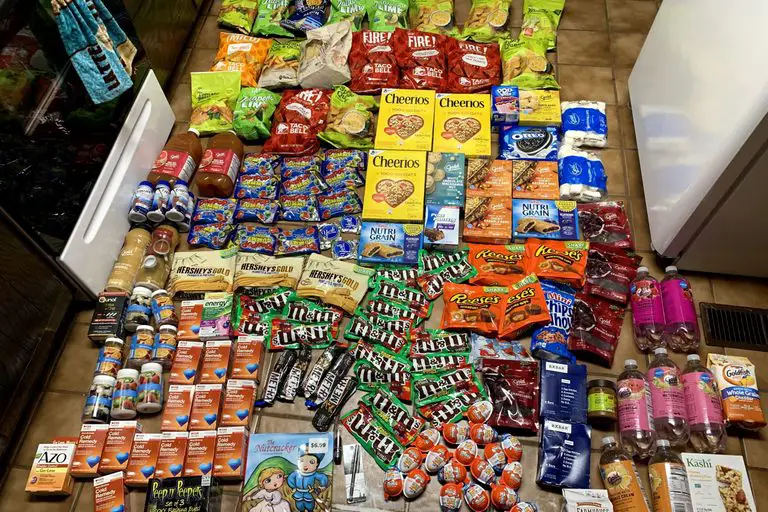
The impact of her activism ripples outward. A 2021 TikTok exposing slashed Coach bags garnered millions of views, pressuring the luxury brand to revise its destruction policies.
Similar exposés on CVS and Walgreens hauls—think sealed chips, socks, and eyeliner tossed seasonally—have sparked dialogues with companies, though follow-through often lags.
CVS claims it donates $140 million in products annually and diverts 50% of waste, yet Sacks’ evidence shows inconsistencies, like destroying near-expired goods instead of donating them safely.
Walgreens reports donating 10 million pounds yearly, but her walks reveal ongoing discards.
Sacks’ message resonates in an era of climate urgency, where dumpster diving intersects with zero-waste living.
She urges individuals to compost at home, repair electronics via Right to Repair movements, and shop secondhand on platforms like eBay or local swaps.
For holidays, notorious waste generators producing 30 extra pounds per household weekly, she recommends borrowing costumes or reusing wrapping paper.
Her tips emphasize safety: avoid locked dumpsters, clean up after searches, and focus on prepackaged non-perishables.
| Category | Details |
|---|---|
| Notable Finds | Antique Russel Wright Saturn punch bowl sets (donated to Cooper Hewitt Smithsonian Design Museum), Tiffany necklaces, velvet opera jacket, graphing calculators from NYC schools, unexpired beer, sealed snacks, pet urns, rattan furniture |
| Corporate Targets | CVS (destroyed tampons, bandages), Walgreens (soda, candy, eyeliner), Coach (slashed handbags), Party City (seasonal decor like New Year’s napkins), Dunkin’ Donuts (edible food) |
| Social Media Reach | Over 364,000 followers on Instagram and TikTok; videos with millions of views, leading to corporate policy shifts like Coach’s revised destruction practices |
| Advocacy Roles | Legislative chair, Manhattan Solid Waste Advisory Board; promotes #donatedontdump campaign to encourage corporate donations over destruction |
| Sustainability Stats | NYC generates 12,000+ tons of daily waste; U.S. consumption exceeds Earth’s regeneration by 2.5x; Sacks’ redistributions support shelters and community swaps |
Beyond the glamour of viral fame, Sacks confronts the psychic toll of witnessing waste’s scale—the shame of edible food discarded amid homelessness spikes, or textiles clogging landfills when 95% could be reused.
Her residential sorts reveal misconceptions, like plastic toys wrongly binned as recyclable, underscoring education gaps.
Yet, optimism shines through; she’s inspired followers to host swaps, join freecycling, and question purchases.
In collaborations, like turning paper towels into hats, she redefines objects’ potential, proving one person’s discard is another’s innovation.
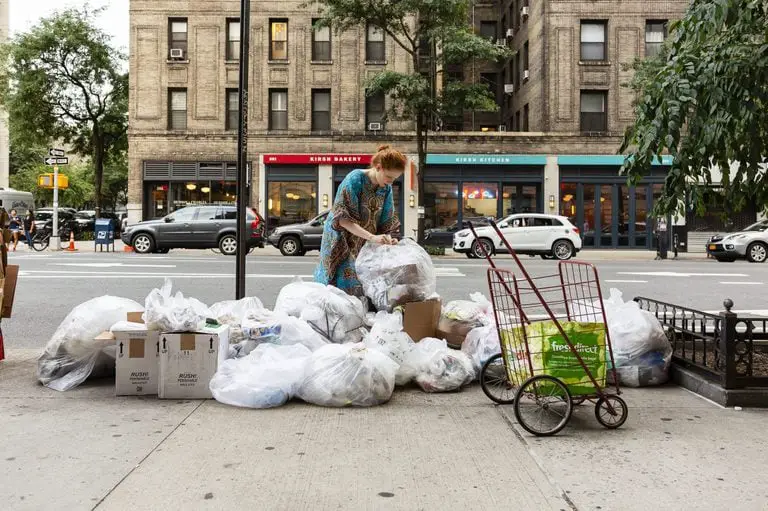
As NYC grapples with rat infestations and overflowing bins, Sacks’ walks evolve, incorporating drone tech for larger cleanups and partnerships for textile recycling.
She’s eyeing expansions to other cities, where waste crises mirror New York’s. But what undiscovered horrors—or gems—lie in tomorrow’s bags?
With each step, Sacks peels back layers of our throwaway culture, leaving us wondering: what treasure might you find if you dared to look?
Source: Anna Sacks, Recycling activist




